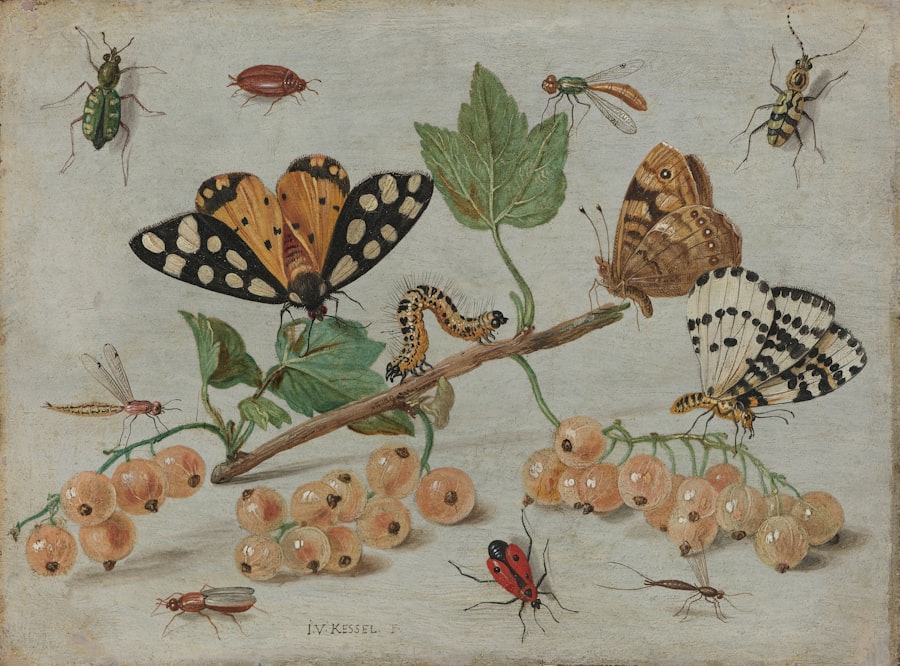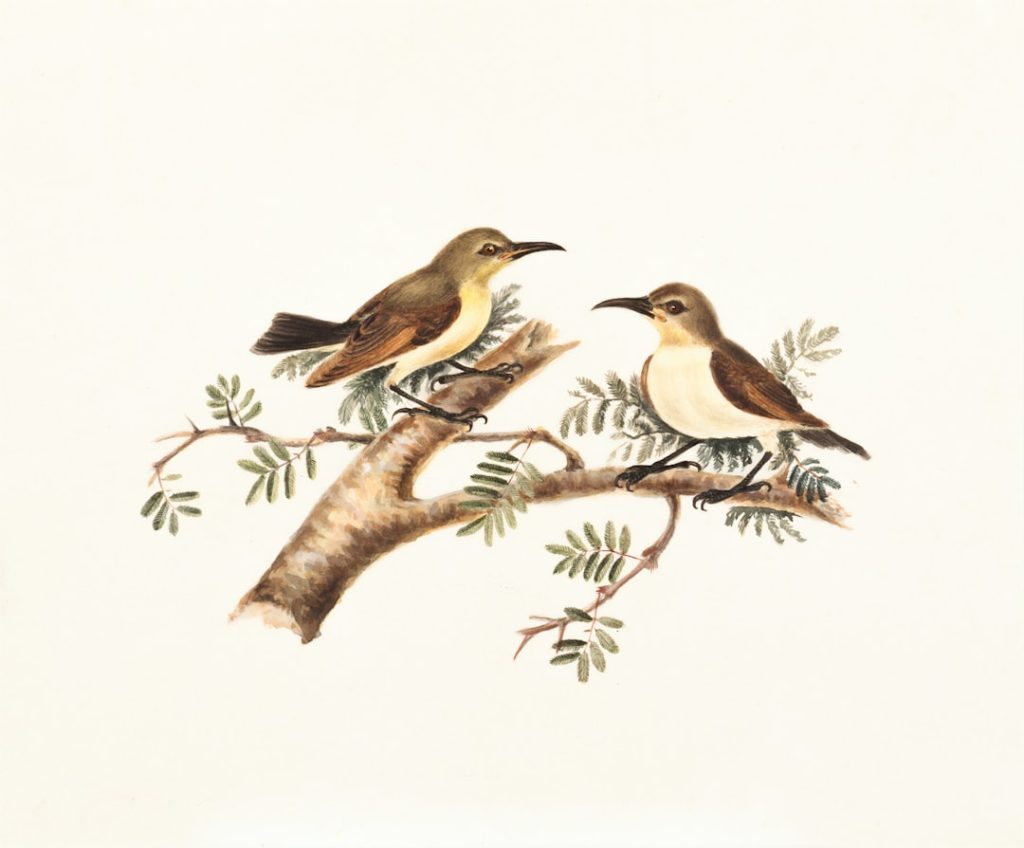Nature possesses an extraordinary ability to communicate with us, often in ways that transcend the limitations of human language. The rustling of leaves, the gentle lapping of waves against the shore, and the distant rumble of thunder all serve as reminders of the world’s inherent rhythms. This auditory tapestry weaves a narrative that speaks to our emotions, stirring feelings of peace, nostalgia, or even melancholy.
The voice of nature is not merely a backdrop; it is an active participant in our lives, shaping our experiences and influencing our thoughts. When we pause to listen, we can hear the stories that the earth has to tell, stories that resonate deeply within our souls and connect us to something greater than ourselves. Moreover, the power of nature’s voice extends beyond mere sound; it evokes a profound sense of belonging and interconnectedness.
Each whisper of the wind carries with it the essence of the environment, reminding us of our place within the vast tapestry of life. This connection can be both grounding and liberating, as it encourages us to reflect on our existence and our impact on the world around us. In moments of solitude, when we immerse ourselves in nature’s symphony, we often find clarity and inspiration.
The voice of nature invites us to engage with our surroundings, fostering a deeper appreciation for the beauty and complexity of the ecosystems that sustain us. It is through this engagement that we can begin to understand our role as stewards of the earth, tasked with preserving its delicate balance for future generations.
Key Takeaways
- Nature’s voice holds a powerful and captivating influence on poetry and literature.
- The sonnet form provides a structured and expressive platform for exploring the beauty of nature’s whispers.
- The gentle whispers of the wind hold a unique and captivating beauty that inspires connection with the natural world.
- Connecting with the natural world through poetry and literature allows for a deeper appreciation of the environment.
- The symbolism of wind in poetry serves as a powerful representation of change, movement, and the unseen forces of nature.
Exploring the Sonnet Form
The sonnet, a poetic form that has captivated writers for centuries, is characterized by its structured format and rich emotional depth. Traditionally composed of 14 lines, sonnets often follow specific rhyme schemes and metrical patterns, such as iambic pentameter. This rigid structure may seem limiting at first glance; however, it is precisely this constraint that allows poets to explore complex themes with precision and clarity.
The sonnet’s ability to distill profound emotions into a compact form makes it an ideal vehicle for expressing the nuances of human experience, including our relationship with nature. Through carefully chosen words and evocative imagery, poets can convey the beauty and power of the natural world while also reflecting on their own inner landscapes. In addition to its formal qualities, the sonnet has a rich history that reflects its evolution over time.
Originating in Italy during the 13th century, the sonnet was popularized by poets such as Petrarch and later adapted by English writers like Shakespeare and Milton. Each poet brought their unique voice and perspective to the form, expanding its thematic possibilities. Today, contemporary poets continue to experiment with the sonnet, pushing its boundaries while honoring its traditions.
This ongoing dialogue between past and present allows for a dynamic exploration of themes such as love, loss, and nature itself. By engaging with the sonnet form, poets can tap into a lineage of artistic expression that resonates across cultures and eras, creating a bridge between their own experiences and those of generations before them.
The Beauty of Whispers in the Wind

The whispers carried by the wind are often imbued with a sense of mystery and enchantment. As it dances through trees and across open fields, the wind creates a symphony of sounds that can evoke a range of emotions. The gentle caress of a breeze can bring comfort and solace, while a strong gust may stir feelings of exhilaration or even fear.
This duality reflects the complexity of nature itself—both nurturing and fierce. Poets have long been inspired by these whispers, using them as metaphors for fleeting moments and ephemeral beauty. The wind becomes a symbol of change, reminding us that nothing remains static in life; everything is subject to transformation.
Moreover, the beauty found in these whispers often lies in their subtlety. Unlike more overt expressions of nature’s power—such as thunderstorms or volcanic eruptions—the wind operates quietly yet profoundly. It invites us to slow down and pay attention to the world around us, encouraging mindfulness in our daily lives.
In this way, the whispers in the wind serve as a gentle reminder to appreciate the small wonders that often go unnoticed. Whether it’s the sound of leaves rustling or the distant call of a bird carried on the breeze, these moments can inspire reflection and gratitude. By attuning ourselves to these delicate sounds, we cultivate a deeper connection with nature and foster an appreciation for its intricate beauty.
Connecting with the Natural World
| Metrics | 2019 | 2020 | 2021 |
|---|---|---|---|
| Number of outdoor activities | 500 | 600 | 700 |
| Percentage of people spending time in nature | 60% | 65% | 70% |
| Number of nature conservation projects | 20 | 25 | 30 |
Establishing a connection with the natural world is essential for fostering a sense of belonging and understanding our place within it. In an age dominated by technology and urbanization, many individuals find themselves increasingly detached from nature. However, reconnecting with the environment can lead to profound personal growth and awareness.
Engaging with nature—whether through hiking in a forest, walking along a beach, or simply tending to a garden—allows us to experience its wonders firsthand. These interactions can awaken our senses and inspire creativity, as we become more attuned to the sights, sounds, and smells that surround us. Furthermore, this connection often leads to a greater appreciation for environmental stewardship.
As we immerse ourselves in nature’s beauty, we begin to recognize its fragility and the impact of human actions on ecosystems. This awareness can motivate individuals to advocate for conservation efforts and sustainable practices that protect our planet for future generations. By fostering a sense of responsibility towards nature, we not only enhance our own well-being but also contribute to the health of the earth as a whole.
Ultimately, connecting with the natural world enriches our lives in countless ways, reminding us that we are part of a larger community that includes all living beings.
The Symbolism of Wind in Poetry
Wind has long served as a powerful symbol in poetry, representing various themes such as change, freedom, and transience. Its unpredictable nature mirrors the complexities of human emotions and experiences. Poets often use wind as a metaphor for transformation—just as the wind can shift direction at any moment, so too can our lives take unexpected turns.
This symbolism resonates deeply with readers who may find themselves navigating their own journeys through uncertainty and change. By invoking the imagery of wind, poets create a sense of movement that reflects both external circumstances and internal struggles. Additionally, wind embodies a sense of freedom that is often sought after in life.
It carries with it an element of liberation; when we feel the wind on our skin or hear it whistling through trees, we are reminded of our connection to something larger than ourselves. This sense of expansiveness can inspire feelings of hope and possibility, encouraging individuals to embrace their dreams and aspirations. In this way, wind becomes not just a physical phenomenon but also an emotional catalyst that propels us forward on our paths.
Through its multifaceted symbolism, wind enriches poetry by providing layers of meaning that resonate with readers on both personal and universal levels.
The Sonnet’s Role in Environmental Literature

The Sonnet as a Form of Environmental Expression
The sonnet has emerged as a significant form within environmental literature, allowing poets to articulate their concerns about ecological issues while also celebrating the beauty of nature. As environmental challenges become increasingly pressing—climate change, habitat destruction, pollution—poets have turned to this traditional form to convey their messages with urgency and artistry.
Exploring Complex Themes through the Sonnet
The sonnet’s structured format provides a framework for exploring complex themes while maintaining emotional resonance. By employing vivid imagery and poignant language within this concise form, poets can effectively communicate their passion for preserving the natural world. Moreover, sonnets often serve as a bridge between personal experience and broader environmental narratives.
Personal Reflections and Environmental Advocacy
Through their exploration of nature’s beauty and fragility, poets invite readers to reflect on their own relationships with the environment. This introspection can lead to greater awareness and action regarding ecological issues. By weaving together personal reflections with urgent calls for change, sonnets become powerful tools for advocacy within environmental literature.
Poetry as a Means of Social Engagement
They remind us that poetry is not only an art form but also a means of engaging with critical social issues—encouraging readers to consider their role in protecting the planet while appreciating its inherent beauty.
Finding Inspiration in Nature’s Voice
Nature’s voice serves as an endless source of inspiration for artists across various disciplines—poets, painters, musicians—each finding unique ways to interpret its melodies. The sounds of nature evoke emotions that can spark creativity and fuel artistic expression. For poets specifically, immersing oneself in natural surroundings can lead to profound insights and revelations about life’s complexities.
Whether it’s listening to birdsong at dawn or observing how light filters through leaves during sunset, these experiences can ignite ideas that translate into powerful verses. Nature’s voice encourages artists to explore themes such as love, loss, resilience, and hope—universal concepts that resonate deeply with audiences. Additionally, finding inspiration in nature’s voice fosters mindfulness—a practice that enhances creativity by encouraging individuals to be present in their surroundings.
When we take time to listen attentively to nature’s sounds—the rustle of grass underfoot or the distant roar of ocean waves—we cultivate an awareness that opens up new avenues for artistic exploration. This heightened sensitivity allows poets to capture fleeting moments with precision while infusing their work with authenticity and emotion. Ultimately, by embracing nature’s voice as a source of inspiration, artists can create works that not only reflect their personal experiences but also resonate with others who share similar connections to the natural world.
Reflecting on the Tranquility of the Wind
The tranquility found in the gentle embrace of wind offers solace amidst life’s chaos—a reminder that peace can be discovered even in turbulent times. When we pause to appreciate the soft whispers carried by the breeze or feel its cool touch against our skin, we are reminded of nature’s ability to soothe our restless minds. This tranquility invites introspection; it encourages us to slow down and reflect on our thoughts and emotions without distraction.
In moments spent outdoors—whether sitting beneath a tree or walking along a quiet path—we can find clarity amidst confusion as we attune ourselves to nature’s calming presence. Moreover, reflecting on this tranquility allows us to cultivate gratitude for life’s simple pleasures—the rustling leaves overhead or birds soaring gracefully through open skies serve as reminders that beauty exists all around us if only we take time to notice it. By embracing these moments of stillness brought forth by wind’s gentle caress, we nurture our well-being while fostering deeper connections with both ourselves and our environment.
Ultimately, recognizing the tranquility inherent in nature empowers us not only to appreciate its beauty but also inspires us toward mindfulness—a practice that enriches our lives while grounding us in an ever-changing world.
If you’re interested in deepening your understanding of poetic devices and how they enhance the beauty and effectiveness of poetry, you might find it useful to explore related resources. For instance, you can visit this article which provides insights into the various elements of poetry, including metaphor, simile, alliteration, and more. This resource is designed to help both beginners and seasoned poets refine their craft by understanding the foundational aspects of poetic expression.
FAQs
What are poetic devices?
Poetic devices are tools and techniques used by poets to enhance the meaning and beauty of their poetry. These devices can include rhyme, rhythm, imagery, metaphor, simile, and many others.
Why are poetic devices used?
Poetic devices are used to create a specific effect or to convey a particular message in a poem. They help to engage the reader or listener and evoke emotions, as well as to add depth and complexity to the poem.
What are some common poetic devices?
Some common poetic devices include:
– Rhyme: the repetition of similar sounds at the end of words
– Rhythm: the pattern of stressed and unstressed syllables in a line of poetry
– Imagery: the use of descriptive language to create a vivid mental picture
– Metaphor: a comparison between two unlike things without using “like” or “as”
– Simile: a comparison between two unlike things using “like” or “as”
– Alliteration: the repetition of initial consonant sounds in neighboring words
How do poets use poetic devices in their work?
Poets use poetic devices intentionally to create a specific effect in their work. They may use devices such as rhyme and rhythm to create a musical quality, or imagery and metaphor to evoke strong emotions or convey a deeper meaning.
Can anyone use poetic devices in their writing?
Yes, anyone can use poetic devices in their writing, whether they are writing poetry, song lyrics, or even prose. Poetic devices can add richness and depth to any form of writing.





